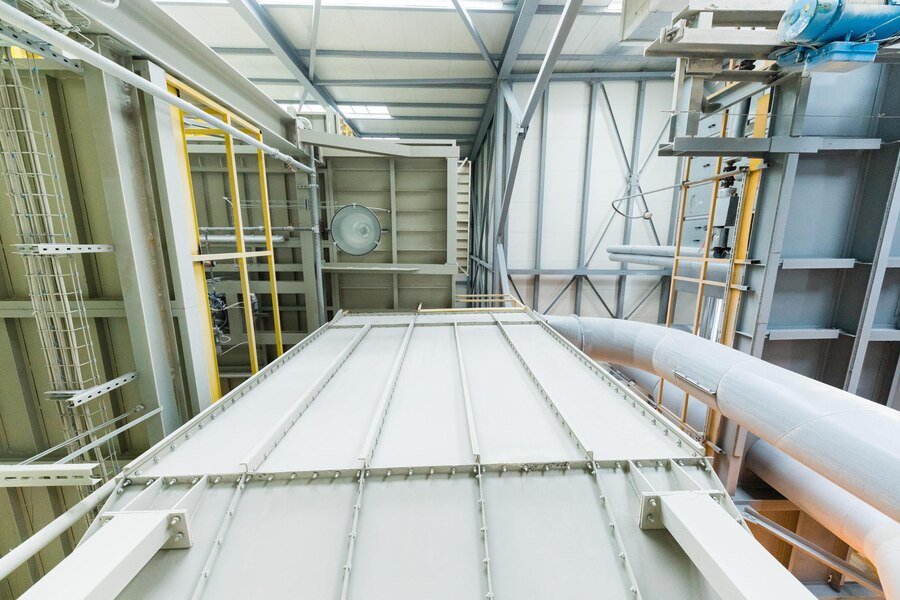Improving Energy Efficiency with Continuous Insulation System
In the quest for energy efficiency, the Continuous Insulation System (CIS) has emerged as a game-changer in the construction industry. By providing a seamless layer of insulation across all structural components without thermal bridges, CIS significantly enhances the thermal performance of buildings. This article delves into the benefits, implementation, and impact of Continuous Insulation Systems on energy efficiency, while also highlighting the role of Building Envelope Solutions in achieving optimal results.
Understanding Continuous Insulation System
A continuous insulation system involves the installation of insulation materials in a continuous manner over structural components such as walls, roofs, and foundations. Unlike traditional insulation methods that leave gaps and create thermal bridges, CIS ensures a uniform thermal barrier. This system is particularly effective in reducing heat loss and gain, thereby maintaining a consistent indoor temperature and reducing the need for excessive heating or cooling.
Benefits of Continuous Insulation System
Enhanced Energy Efficiency
By eliminating thermal bridges, CIS minimizes heat transfer, leading to significant energy savings. Buildings with continuous insulation require less energy for heating and cooling, resulting in lower utility bills and reduced carbon footprint.
Improved Comfort
Continuous insulation helps maintain a stable indoor environment, enhancing occupant comfort. It prevents drafts and cold spots, ensuring a more consistent temperature throughout the building.
Moisture Control
CIS also acts as a moisture barrier, preventing condensation and mold growth. This is crucial for maintaining the structural integrity of the building and ensuring a healthy indoor environment.
Increased Durability
Buildings with continuous insulation are less prone to damage from thermal stress. The uniform insulation layer protects the building envelope from temperature fluctuations, extending the lifespan of the structure.
Implementing Continuous Insulation System
The implementation of a Continuous Insulation System requires careful planning and execution. Here are the key steps involved:
Assessment and Design
The first step is to assess the building’s current insulation and identify areas where thermal bridges exist. A detailed design plan is then created, specifying the type and thickness of insulation materials to be used.
Selection of Materials
Various insulation materials can be used in CIS, including rigid foam boards, spray foam, and mineral wool. The choice of material depends on factors such as climate, building type, and budget.
Installation
Proper installation is critical to the effectiveness of CIS. Insulation materials must be installed continuously over all structural components, with special attention to joints and penetrations to ensure there are no gaps.
Integration with Building Envelope Solutions
To maximize the benefits of CIS, it should be integrated with other Building Envelope Solutions. This includes air barriers, vapor barriers, and weather-resistant barriers, which work together to enhance the overall performance of the building envelope.
Impact on Energy Efficiency
The impact of Continuous Insulation Systems on energy efficiency is profound. Studies have shown that buildings with CIS can achieve energy savings of up to 30% compared to those with traditional insulation methods. This is due to the elimination of thermal bridges and the creation of a continuous thermal barrier.
Moreover, CIS contributes to the overall sustainability of buildings. By reducing energy consumption, it helps lower greenhouse gas emissions and supports the transition to a more sustainable built environment. Additionally, the use of eco-friendly insulation materials further enhances the environmental benefits of CIS.
Case Studies
Several case studies highlight the effectiveness of Continuous Insulation Systems in improving energy efficiency:
Residential Buildings
In a study conducted on residential buildings in a cold climate, the implementation of CIS resulted in a 25% reduction in heating energy consumption. Homeowners reported improved comfort and lower energy bills.
Commercial Buildings
A commercial office building retrofitted with CIS saw a 20% decrease in cooling energy demand. The continuous insulation also contributed to better indoor air quality and reduced maintenance costs.
Educational Institutions
Schools and universities that adopted CIS experienced a 30% reduction in overall energy use. The improved thermal performance created a more conducive learning environment and reduced operational expenses.
Conclusion
The Continuous Insulation System is a powerful tool for improving energy efficiency in buildings. By providing a seamless thermal barrier, it eliminates thermal bridges, reduces energy consumption, and enhances occupant comfort. When integrated with Building Envelope Solutions, CIS offers a comprehensive approach to creating energy-efficient and sustainable buildings. As the construction industry continues to prioritize energy efficiency, the adoption of Continuous Insulation Systems is set to become increasingly prevalent, paving the way for a greener and more sustainable future.






